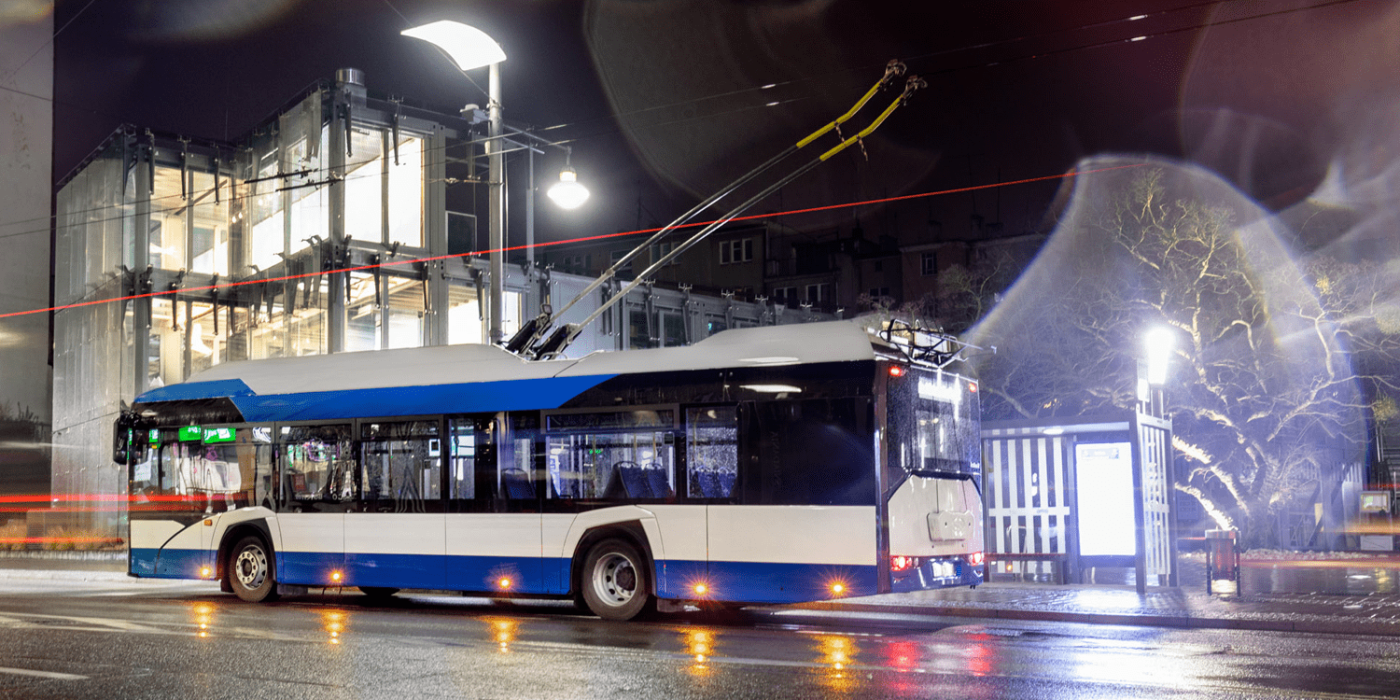Tallinn looking to procure 40 battery trolleybuses
The delivery of all 40 battery trolleys should be completed within three to five years, according to a report on the portal ERR.ee. The article refers to statements made by Vladimir Svet, the deputy mayor of the city. The plans are therefore likely to be quite concrete.
With the procurement of new trolleybuses with an additional traction battery for routes without overhead lines, the Estonian capital is moving away from its plan announced in 2019 to fully rely on battery buses for the complete conversion of public transport to e-mobility by 2035 – for cost reasons, as it is said.
“In order to maintain a fleet of electric buses, you need charging capacity at the terminals. We did an analysis of how much capacity we have now and how much we could add without having to make a multi-million-euro investment in the network. These calculations show that at our current capacity, we can keep about 60 electric buses,” the politician is quoted as saying. “If we want more than that, we have to start burying a lot of money in connection fees. And to increase the fleet of electric buses from the 30 we will have in the near future to, say, 300, that is a huge investment, a very large part of which will go into electricity, not to mention rolling stock.”
Svet assumes acquisition costs of around 30 million euros for the 40 vehicles. According to market research by the Tallinn administration, a twelve-meter trolleybus will cost around 650,000 euros and an 18-meter articulated bus with battery and overhead line around 800,000 euros. The exact prices will be determined in the tender. However, Svet notes that the number of manufacturers of such buses in Europe is quite small – the lack of competition could drive up prices.
At the turn of the millennium, Tallinn had nine trolleybus routes, four of which are still in operation today. The new vehicles are intended to revive some of the decommissioned lines, but probably not all of them. The city currently has 45 trolleybuses in operation, some of which are up to 20 years old. According to Svet, it is therefore necessary to find replacements immediately, and normal buses may also be used on the trolley routes in the meantime.





0 Comments